CEF Unit Organization and Administration: Miscellaneous Regulations
Topic: CEF
Instructions Governing
Organization and Administration of CEF Units
1916
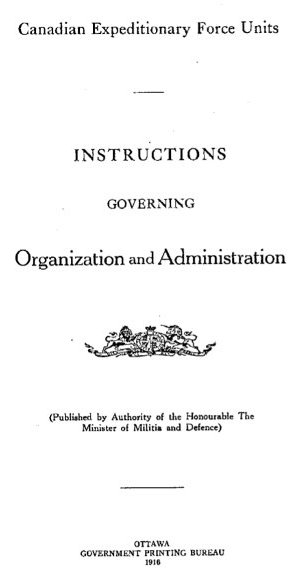
Appendix X
Miscellaneous Regulations and Instructions issued from time to time by Militia Headquarters, Otawa, Still in Effect.
Dogs Accompanying Overseas Units
It is pointed out for the information of all concerned that dogs are not to be permitted to accompany any of the officers of men of any unit proceeding overseas as they cannot land in England and are usually left on shipboard where they are either destroyed or turned loose on the ship's arrival at a Canadian Port and so lost (H.Q. G54-21-16-9, vol. 2, dated 11/6/15.)
Granting of Warrant Officer Rank
Warrant Rank will not be granted to any N.C.Os. of the Canadian Expeditionary Force in Canada, promotion of Sergeants-Major to this rank can only be considered after arrival in Canada.
Badges of Rank
Under Canadian Regulations badges of rank are worn on the shoulder strap but under Imperial Regulations they are worn on the sleeve.
Inasmuch as the Canadian Expeditionary Force on leaving Canada, pass under the control of the Imperial Authorities, badges of rank in the case of officers of the Canadian Expeditionary Force should be worn on the sleeve, and this change must be made before proceeding overseas.
Solicitation of Subscriptions by Units of the C.E.F.
It has been brought to the attention of Headquarters, Ottawa, that units for Overseas Service are soliciting subscriptions from the public for the purchase of articles of equipment, band instruments, etc., and the creation of a Regimental Fund, and it has been reported that some units have charged an admission fee to witness parades, etc., for such purposes.
The practice above referred to does not commend itself and no appeals for subscriptions will be permitted except with the express permission obtained beforehand from the Militia Council, through the proper channels.
Units of the Overseas Force are supplied by the Department with everything necessary for their equipment and it should not be necessary to appeal to the public for assistance. (H.Q. 54-21-33-71).
Appointment of N.C.Os to the C.E.F.
All N.C.Os appointed to the C.E.F. will hold provisional appointments only, so that they can be reverted at any time when the interests of the service so require. They will not be confirmed in rank until after the unit arrives in England.
Working Pay
The following is a copy of a recent Order in Council respecting working pay:
The Committee of the Privy Council have had before them a report, dated 1st November, 1915, from the Minister of Militia and Defence, stating, with reference to Order in Council Np. 2284 of 3rd September, 1914, fixing rates of pay for the Canadian Expeditionary Force, that when these rates were under consideration in the Department of Militia and Defence, it was represented that working pay for cooks, tailors, bakers, butchers, motor car drivers, mechanics, smiths, farriers, wheelers, and such like, at rates varying from 50c to $1.00 a day in addition to the ordinary rate was necessary in order to induce the men of those trades to enlist, and accordingly this extra pay was recommended and approved.
In the light of further experience, however, it is now considered advisable to cancel this working pay, as those who are drawing it have as a rule easier and less dangerous tasks to perform than the men in the trenches, who do not receive it. Furthermore, no difficulty is now anticipated in recruiting men of these trades.
The Minister, therefore, recommended that beginning with 1st January, 1916, that part of the Order in Council of 3rd September, 1914, authorizing working pay will be canceled, and those in receipt of same who are unwilling to continue on at the ordinary rates be allowed to take their discharges as soon as their places can be filled.
Medical care of the Feet of Men in Units of the C.E.F.
Attention has been called to the great importance of having the feet of the men of all units of the C.E.F. carefully inspected at least once a month, with a view to detection and correction of any conditions which may lead to impairment of efficiency.
The Medical Officers of all units concerned should, as part of their duties, give such instructions to the men under their charge as may be necessary to assist them in caring for their feet. A number of men in the proportion of at least two per infantry Company should be specially instructed in Chiropody, in order that they may render assistance to the Medical Officer in carrying out this special service (H.Q. 54-21-37-3.)
Soldiers Medically Unfit detained pending Discharge
In cases where soldiers belonging to Unit of the C.E.F., which has not yet proceeded abroad, are found medically unfit for future military service and are detained in a hospital or sent to a convalescent home, etc., pending final disposal and discharge, they may be struck off the strength of their unit and placed under the direct orders of the A.A.G. Division or District.
Separation Allowance in connection with men who marry after enlistment
Certified Copy of a Report of the Committee of the Privy Council, approved by His Royal Highness the Governor General on the 28th January, 1915.
The Committee of the Privy Council have had before them a report, dated 23rd January, 1915, from the Acting Minister of Militia and Defence, stating, that applications have been received from men who have enlisted in the Corps raised for Overseas Service to be allowed to marry and to have their wives placed on the Separation Allowance list, and that many have already married since enlistment without asking permission and are claiming this allowance.
The Minister observes that these applications have hitherto been refused on the ground that the Separation Allowance was intended to provide for families of married men who has enlisted as such and whose families would, otherwise, be in want or become a burden on the Patriotic Fund, and that it was not the Government's intention to encourage men to marry after enlistment as that would increase the already heavy expenditure under Separation Allowance, and in case of the soldier's death would necessitate placing his widow on the pension list.
As, however, the applications hitherto are from men who had, prior to enlistment, given a promise to marry, the Minister recommends that, in consideration of this and the sudden call for volunteers permission to marry be granted provided the application has the recommendation of the Officer Commanding the Corps in which the man is serving and that the marriage takes place within twenty days after application of this order, and that, as regards application of this kind from men enlisting hereafter, permission be granted only to those who apply at the time of enlistment and that if not married within twenty days thereafter the permission be cancelled.
If a man marries after twenty days of enlistment and reasons exist which entitle him to special consideration, O.Cs should submit a report of the case for consideration at Militia headquarters, Ottawa, who may grant Separation Allowance as a Special Case.
Kit Bags to be carried by men on train
Officers commanding Overseas Units, prior to leaving to embark for overseas, will see that each man caries his kit bag with him on the train, as if they are stored in the baggage car the embarking of troops is delayed, owing to these kit bags have to be distributed to the men before going on board.
Drawing Balance of Ordnance Stores at Embarkation Point
Officers in charge of units of rafts leaving for Overseas should, immediately the point of embarkation is reached, get in communications with the Ordnance Oficer at that point with a view to drawing from Ordnance Stores any additional stores which have been sent to that point for the unit concerned.

Posted by regimentalrogue
at 12:01 AM EDT
Updated: Saturday, 20 July 2013 12:05 AM EDT

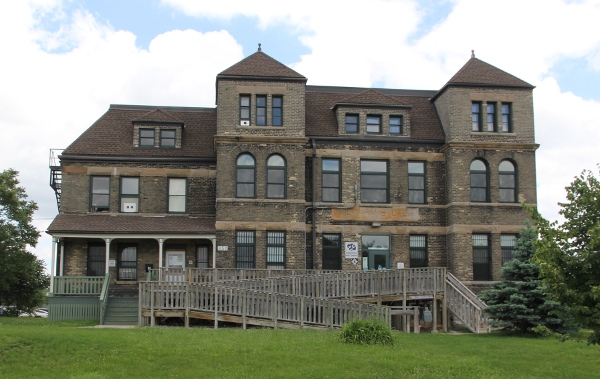
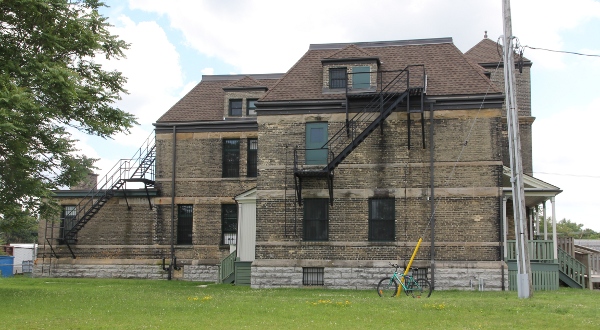
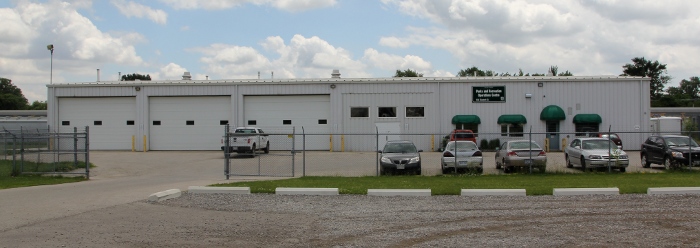
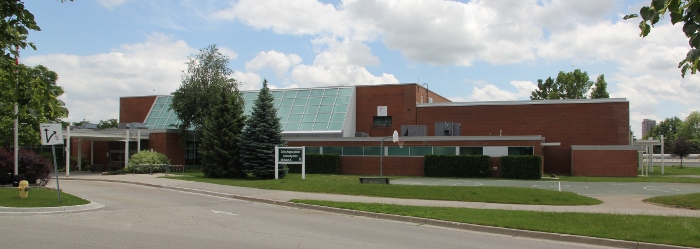




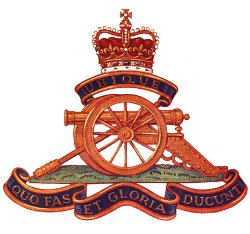
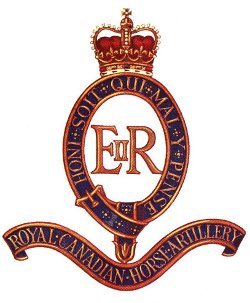

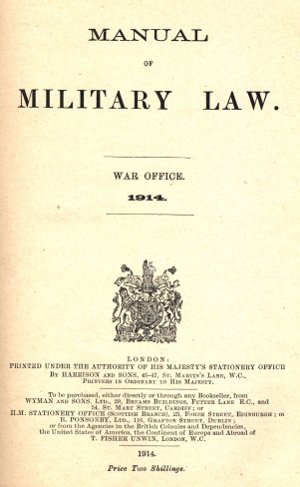 Army Act – Discipline (Crimes and Punishments)
Army Act – Discipline (Crimes and Punishments)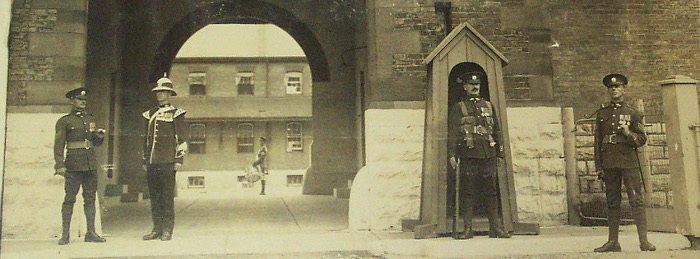
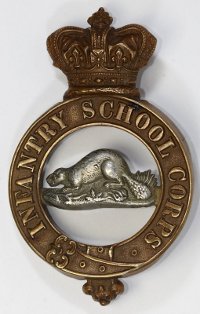 The RCR began in 1883 as the
The RCR began in 1883 as the 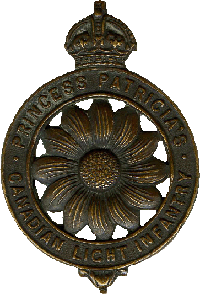 The PPCLI, in comparison, have taken a very different path with regard to their origins and reputation. They were created in Ottawa in 1914, formed by the targeted recruitment of ex-British Army soldiers, many of whom had seen active service in the Imperial Army. In fact, the regimental history (Williams, pg. 7) states that the first recruiting posters advertised that "Preference will be given to ex-regulars of the Canadian or Imperial Forces; or men who saw service in South Africa." From that beginning, the PPCLI saw themselves as a very British regiment. They started their service in France during the First World War in the
The PPCLI, in comparison, have taken a very different path with regard to their origins and reputation. They were created in Ottawa in 1914, formed by the targeted recruitment of ex-British Army soldiers, many of whom had seen active service in the Imperial Army. In fact, the regimental history (Williams, pg. 7) states that the first recruiting posters advertised that "Preference will be given to ex-regulars of the Canadian or Imperial Forces; or men who saw service in South Africa." From that beginning, the PPCLI saw themselves as a very British regiment. They started their service in France during the First World War in the 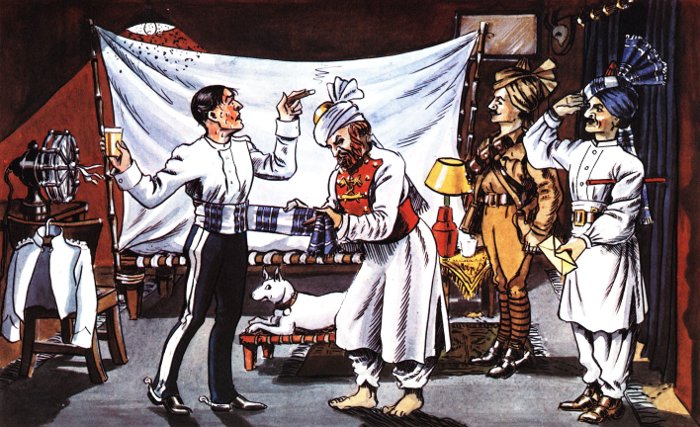
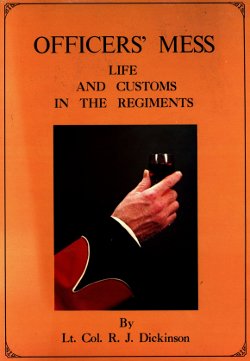
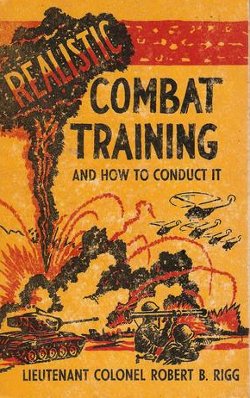 By Robert B. Rigg, Lieutenant Colonel, U.S. Army; Military Service Publishing Company, 1955.
By Robert B. Rigg, Lieutenant Colonel, U.S. Army; Military Service Publishing Company, 1955.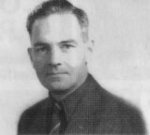
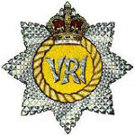
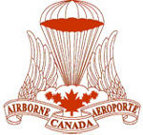



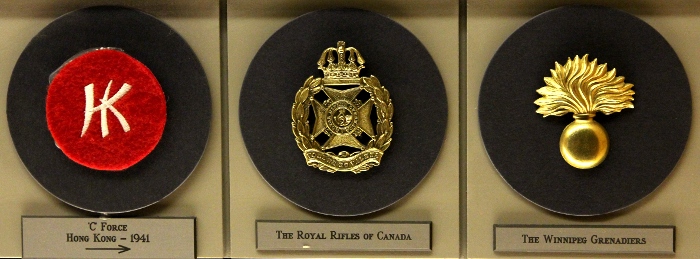
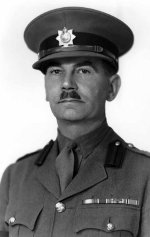 Brigadier John Kelburne Lawson
Brigadier John Kelburne Lawson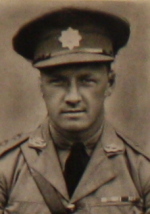 William James Home, M.C.
William James Home, M.C.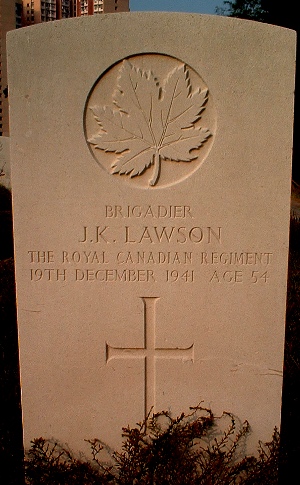 On 8 July 1940, the Royal Rifles of Canada (Quebec City) and the 7/XIth Hussars (Richmond) received authorization to mobilize as the 1st Battalion of the Royal Rifles of Canada. The first Commanding Officer was Lt. Colonel William James Home, M.C., E.D. The unit arrived in Hong Kong on 16 November 1941. On 8 December, Japanese forces attacked the British colony. Following ten days of continuous air and artillery bombardment, Japanese troops landed on the island during the night of 18-19 December. Despite a heroic battle to defend the island, the garrison surrendered on 25 December 1941. During the fighting, Lieutenant-Colonel W.J. Home, the commanding officer of the Royal Rifles, became the senior Canadian officer after the death of Brigadier Lawson.
On 8 July 1940, the Royal Rifles of Canada (Quebec City) and the 7/XIth Hussars (Richmond) received authorization to mobilize as the 1st Battalion of the Royal Rifles of Canada. The first Commanding Officer was Lt. Colonel William James Home, M.C., E.D. The unit arrived in Hong Kong on 16 November 1941. On 8 December, Japanese forces attacked the British colony. Following ten days of continuous air and artillery bombardment, Japanese troops landed on the island during the night of 18-19 December. Despite a heroic battle to defend the island, the garrison surrendered on 25 December 1941. During the fighting, Lieutenant-Colonel W.J. Home, the commanding officer of the Royal Rifles, became the senior Canadian officer after the death of Brigadier Lawson.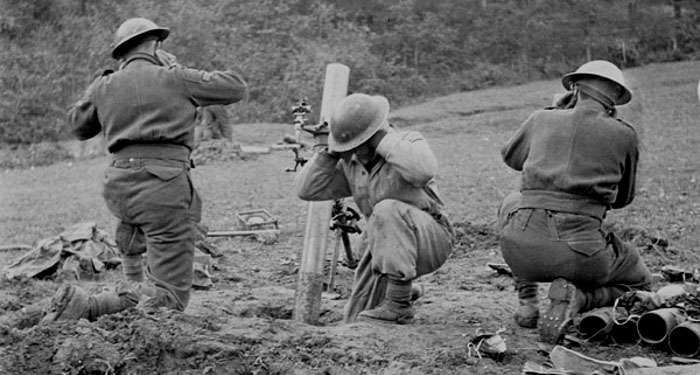
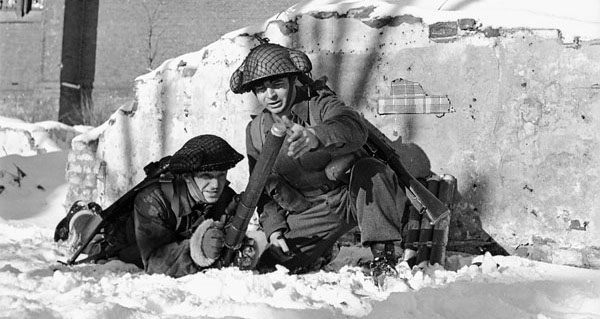

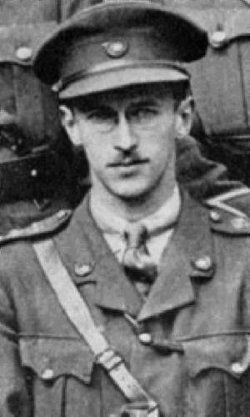 Journal of the Royal United Service Institution
Journal of the Royal United Service Institution
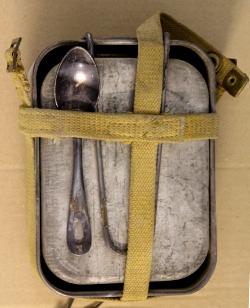 The mess tin ration or 48-hour ration provides subsistence for the first 48 hours after landing.
The mess tin ration or 48-hour ration provides subsistence for the first 48 hours after landing.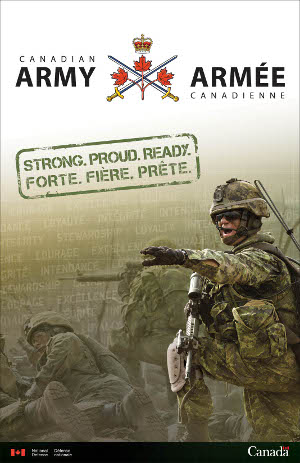
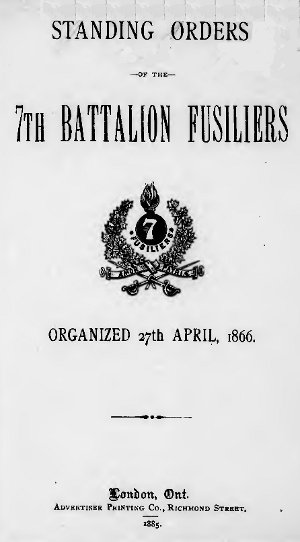 The 7th Fusiliers, which became the Canadian Fusiliers (City of London Regiment) (M.G.), was amalgamated with
The 7th Fusiliers, which became the Canadian Fusiliers (City of London Regiment) (M.G.), was amalgamated with 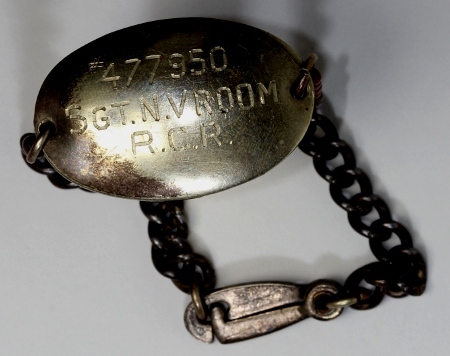 Norman Percy Vroom, originally of Middleton, Ann. Co. Nova Scotia, enlisted in
Norman Percy Vroom, originally of Middleton, Ann. Co. Nova Scotia, enlisted in 
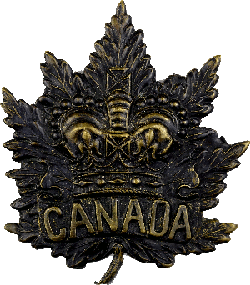
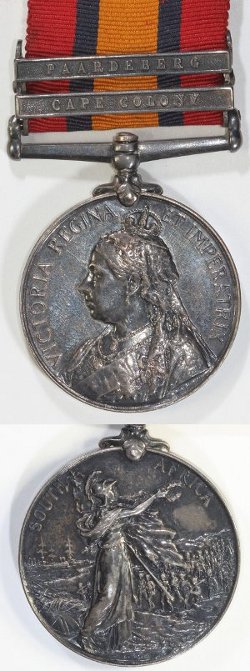

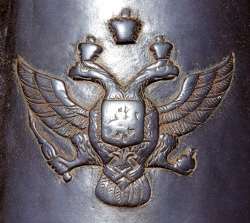 But if you ask most residents of
But if you ask most residents of 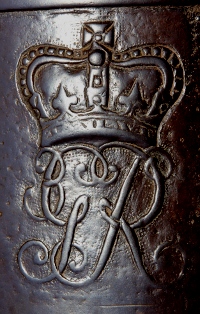 "These cannon were used at the siege of Sebastopol, and were brought to this country after the capture of that city by the British in 1855.
"These cannon were used at the siege of Sebastopol, and were brought to this country after the capture of that city by the British in 1855. 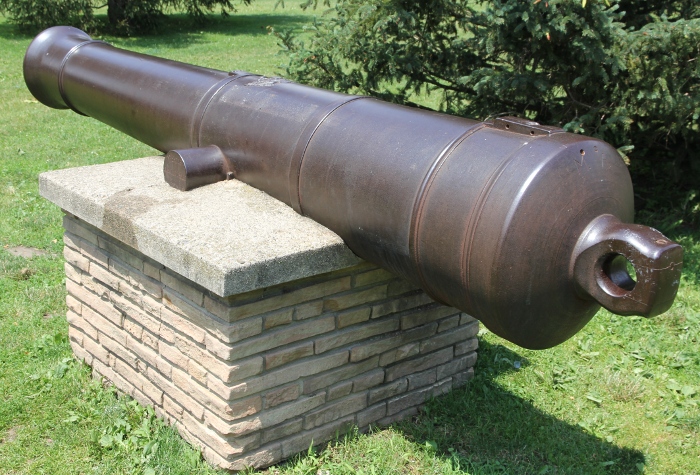
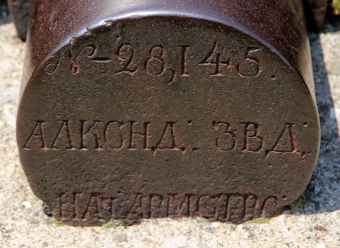
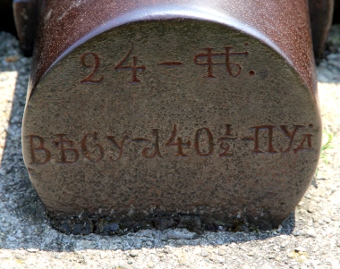
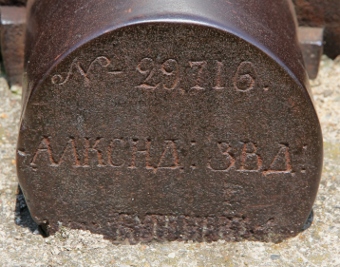
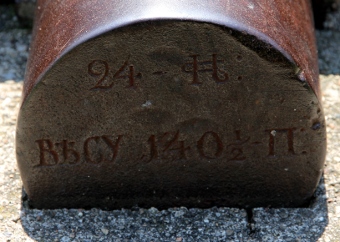

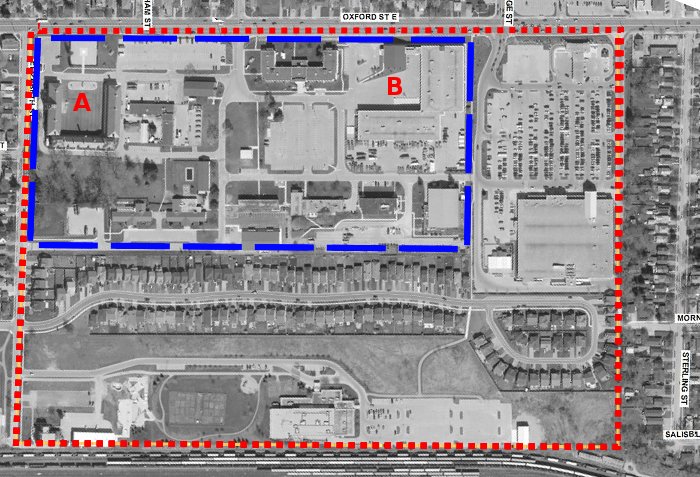
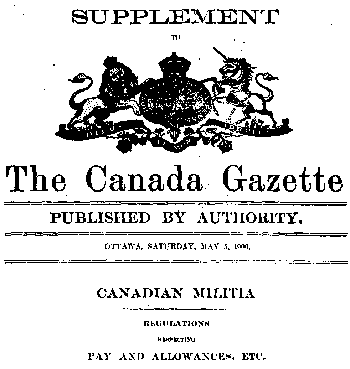 Ration Allowances.
Ration Allowances.